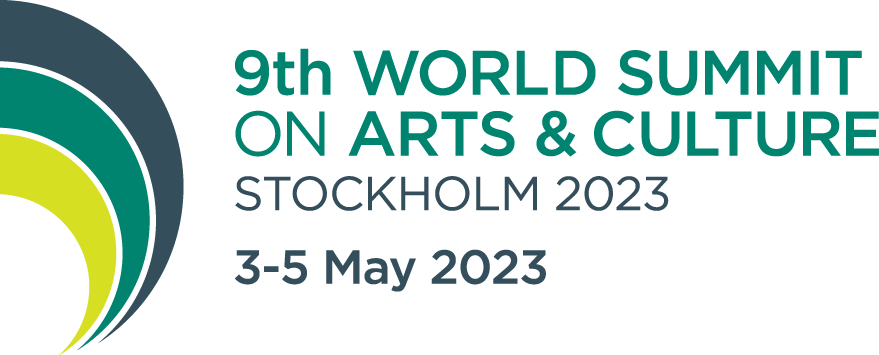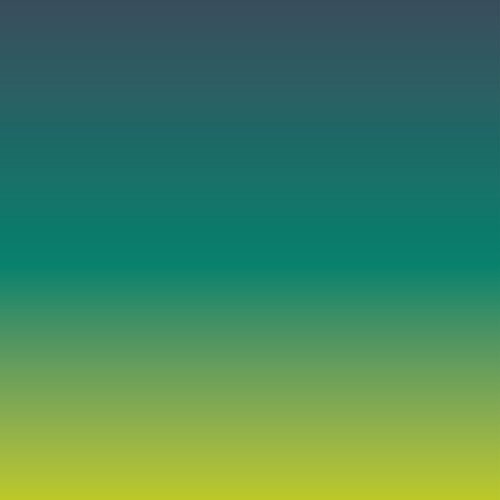Safeguarding Artistic Freedom
The 9th World Summit is scheduled to take place in Stockholm, Sweden from 3–5 May 2023 (Official Opening 2 May).
Please click on the image to view a large version.
Artistic and cultural expressions create space for us to reflect on ourselves and our societies; to connect with different perspectives; to understand and learn from each other; to test and contest ideas; and ultimately, to inspire us to imagine new paths to individual, collective and social development. Artistic freedom ensures that these expressions represent the full diversity and dynamism of our cultural ecosystems and societies, through both creation and participation. This therefore places demands and responsibilities on all within the cultural ecosystem to safeguard artistic freedom. However, we can only do this if we first recognise the rights and responsibilities it entails; understand the political, economic, social, technological, environmental, and cultural conditions that enable it; and identify and address threats to its practice and fulfilment. The 9th World Summit on Arts and Culture will bring together leading policy makers, researchers, managers and practitioners from the arts, culture and related sectors from around the world to explore artistic freedom as a fundamental pillar of cultural policy and examine how we can – and why we should – safeguard artistic freedom.
Artistic freedom entails rights recognised and protected under international law, including the rights to create without censorship or intimidation; to have artistic work supported, distributed and remunerated; to freedom of movement; to freedom of association; to the protection of social and economic rights; and the right to participate in cultural life. It is the freedom to ‘imagine, create and distribute diverse cultural expressions free of governmental censorship, political interference or the pressure of non-state actors. It includes the right of all citizens to have access to these works and [it] is essential for the wellbeing of societies’ (UNESCO 2019). This freedom relies on a cultural value chain that fosters conditions in which artists can create, present, distribute and share their work; and in which citizens can participate in cultural life, which is a cultural right shared by all. The creation and safeguarding of these conditions are shared responsibilities for the international community. This lies at the heart of Goal Four of the 2005 Convention for the Protection and Promotion of the Diversity of Cultural Expressions to promote human rights and fundamental freedoms, which states that ‘respect for human rights and fundamental freedoms of expression, information and communication is guaranteed as a pre-requisite for the creation and distribution of diverse cultural expressions.’ It also informs the 1980 Recommendation concerning the Status of the Artist, which calls on Member States ‘to improve the professional, social and economic status of artists through the implementation of policies and measures related to training, social security, employment, income and tax conditions, mobility and freedom of expression.’
Worldwide, policy makers and advocates have driven the improvement of these conditions and the protection of free artistic expression. However, while some progress has been made the road ahead is complex; and made more so by various ongoing and recent events that have had a seismic impact on the world at large – from political changes to environmental disasters unfolding right in our presence, and of course, to the COVID-19 pandemic and its multi-fold effects – which have accentuated existing challenges for artists to create and for citizens to participate in cultural life. Our ability to maintain and further improve the conditions for artistic development and innovation – and to safeguard equitable access to arts and culture – requires policy makers, funding bodies, and civil society representatives across the cultural ecosystem to share in the duty to balance and create enabling environments that empower artists to express themselves freely; that guarantee the right of all to participate in arts and culture; and that allow all citizens to see themselves reflected.
During the Summit, we will explore a range of political, economic, social, technological, environmental, and cultural influences that affect – and shape our conceptions of – artistic freedom, and how we might strengthen and advance it. From shifting social contracts, the status of the artist, and labour rights and protections for creative and cultural workers; to support models for the creative and cultural sectors, digitalisation, and international mobility; and influence, inclusion and decolonisation. We will also ask: Whose freedoms are safeguarded, by who and for whom? Are there dominant narratives and what role do they play in decision making? What effect has the COVID-19 pandemic had on artistic freedom? When does safety evolve into freedom? What – and who – defines the role of the artist as creator and/or activist? And what regulatory frameworks exist to enable and safeguard freedom of expression; how do they operate; and what more could be done?


